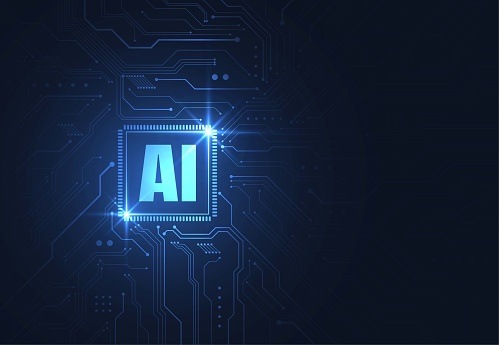
The emergence of artificial intelligence (AI) has rapidly shifted the health care landscape, facilitating improved diagnostic accuracy and efficiency across various specialties. AI stands as an integral field of computer science that seeks to develop machines with unique characteristics of human intelligence to achieve certain tasks. The intelligence of these models are derived from techniques known as machine learning (ML) and its subfield, deep learning (DL), which improve performance in such areas as data classification, text analysis, and language processing.
A recent paper published in PeerJ examined the role of AI-based systems in performing diagnostic tasks across four medical specialties.
Radiology
In radiology, images such as MRI machines, CT scanners, and X-rays contain a plethora of complex data that can be both difficult and time consuming for even the most skilled of radiologists. AI wields the ability to analyze these large datasets while simultaneously extracting meaningful data. A research study the paper cites showed that DL algorithms achieve high levels of accuracy diagnosing tuberculosis (TB) in chest X-rays images. The study, which was comprised over 1,000 X-rays of patients with and without active TB, was used to train different deep convolutional neural network (DCNN) models which learned from positive TB-positive and TB-negative X-rays.
The results of this study showed the best performing AI model was 96% accurate – comparable to a human radiologist. Another study which supports the efficacy of AI in radiology compared a traditional state-of-the-art mammography Computer Aided Detection (CAD) system with a DL Convolutional Neutral Network algorithm in a dataset of approximately 45,000 images. According to the results, this CNN algorithm outperformed the traditional CAD system, and the authors noted the DL performed at the level of a radiologist. Similar findings were recently demonstrated in a JAMA Oncology published study, which showed an AI’s algorithms effectiveness at identifying breast cancer.
Pathology
An effective pathologist needs to possess a keen eye to render an accurate diagnosis of a biospecimen. However, researchers note that given the multitude of disease types and subtypes, and the litany of new data in the form of different biomarkers, and genomics data, “this is becoming an increasingly difficult task for the pathologist.” Because fewer than half of medical students opt to pursue a career in pathology, the role of AI in this specialty is especially critical. The article cites a study where Google researchers trained a DL based CNN to aid in the detection of metastatic breast cancer in lymph node tissue.
According to the results, the DL model diagnosed at comparable accuracy to a human pathologist. The researchers wrote, “It is clearly a challenging task to look for very small deposits of cancer on a specimen slide and a human pathologist can get fatigued, but an AI-based system suffers from no such problem and can scan any number of specimen slides with no loss of accuracy due to fatigue. Couple this with the expected amount of big data in the form of human genomic data, human pathologists will find it nearly impossible for pathologists to stay current with the emergence of new these biomarkers without the help of ML.”
Cardiology
AI also plays a vital role in diagnosing issues with the heart. A previous study conducted in the UK showed that ML can link risk factor interactions to enhance cardiovascular risk prediction. In the study, researchers provided data on close to 300,000 patients to four ML algorithms to train the AI model to correlate medical history with heart attack rates. The algorithm was used to predict which 82,00 patients would have heart attacks based on their medical history.
The researchers of this study demonstrated the best ML model predicted 7.6% more events than the American College of Cardiology/American Heart Association (ACC/AHA) method with fewer errors. The authors concluded that “Machine-learning significantly improves accuracy of cardiovascular risk prediction, increasing the number of patients identified who could benefit from preventive treatment, while avoiding unnecessary treatment of others” The article also referenced another study in which a ML algorithm enabled researchers to predict pulmonary hypertension with high accuracy. The authors of this study wrote, “improved survival prediction independent of conventional risk factors in patients with newly diagnosed pulmonary hypertension.”
Ophthalmology
Many ophthalmology practices are already harnessing ML and DL to enhance vision care. For example, an FDA approved AI device is used to detect diabetic retinopathy. Also, researchers developed DL-based system to “automatically detect and quantify intraretinal cystoid fluid (IRC) and subretinal fluid (SRF). This system accurately characterized the pattern of intraretinal fluid in patients with wet AMD or retinal vein occlusion (RVO) and distinguished between intraretinal cysts and subretinal fluid.”
The paper notes how AI systems are being used beyond diagnosing retinal diseases. “AI systems are being developed and evaluated to diagnose and grade cataract in pediatric patients based on an analysis of slit-lamp images, diagnose glaucoma based on measurement of the retinal nerve fiber layer (RNFL) thickness and visual field (VF), and diagnose keratoconus based on Scheimpflug tonometry”
Will AI Replace Physicians?
As AI becomes an increasing force in health care, some experts suggest that the technology may one day replace physicians. However, the researchers of the paper don’t believe that to be the case. They wrote in conclusion, “AI will support the future needs of medicine by analyzing the vast amounts and various forms of data that patients and healthcare institutions record in every moment. AI is likely to support and augment physicians by taking away the routine parts of a physician’s work hopefully enabling the physician to spend more precious time with their patients, improving the human touch. While AI is unlikely to replace physicians in the foreseeable future, it is incumbent on medical professionals to learn both the fundamentals of AI technology as well as how AI-based solutions can help them at work in providing better outcomes to their patients. Or, it might come to pass that physicians who use AI might replace physicians who are unable to do so.”

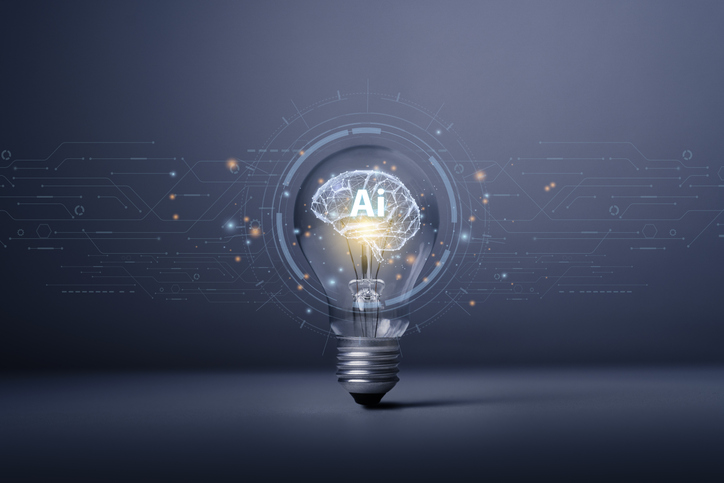
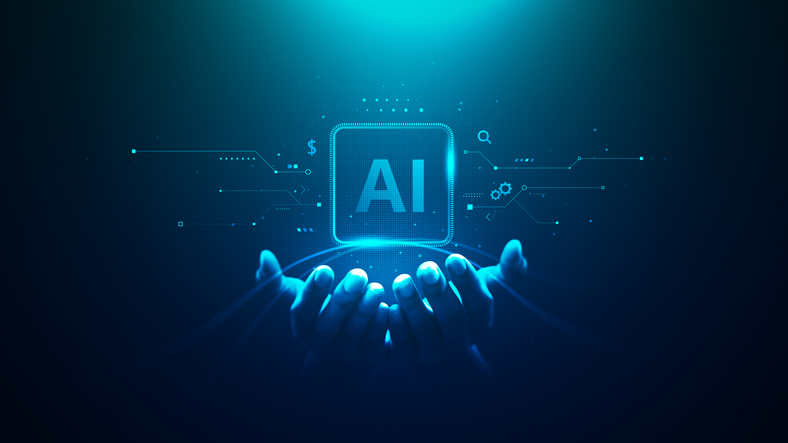
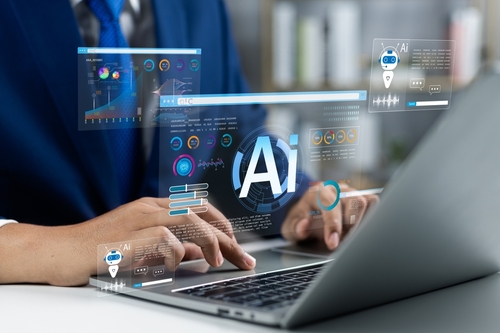
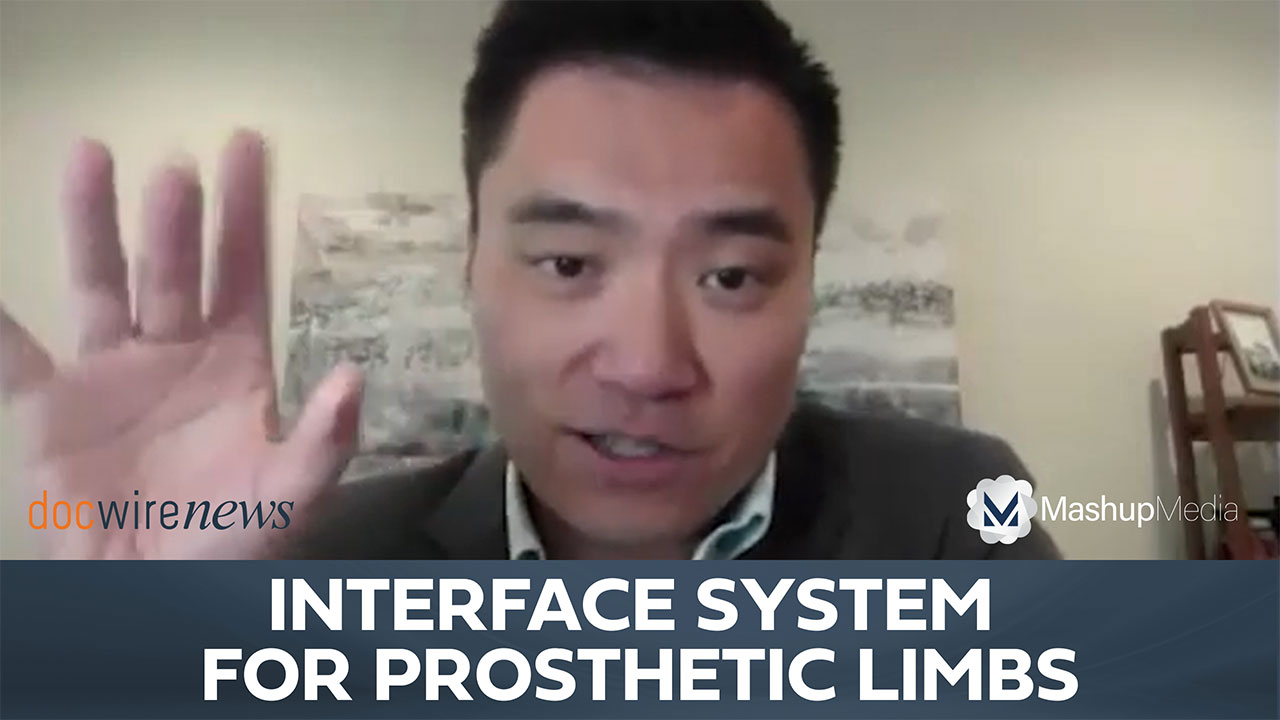
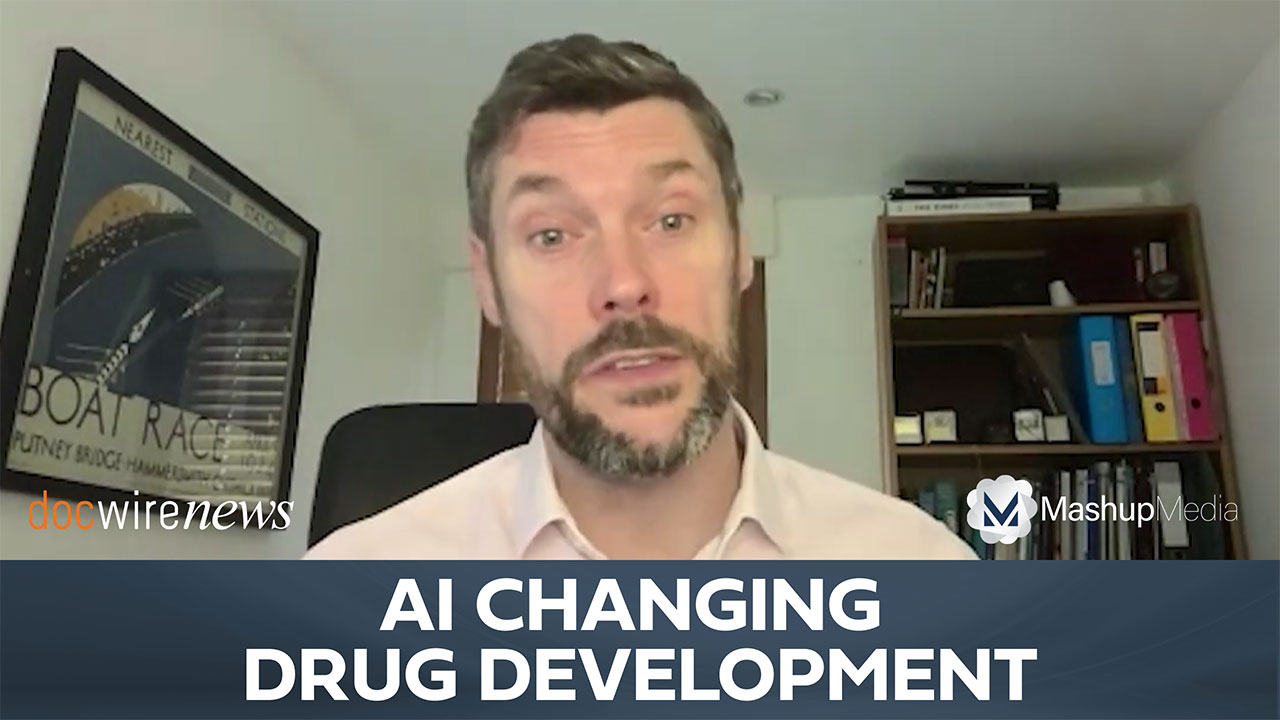

 © 2025 Mashup Media, LLC, a Formedics Property. All Rights Reserved.
© 2025 Mashup Media, LLC, a Formedics Property. All Rights Reserved.